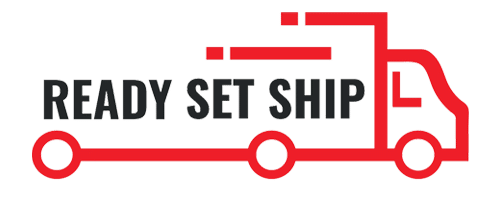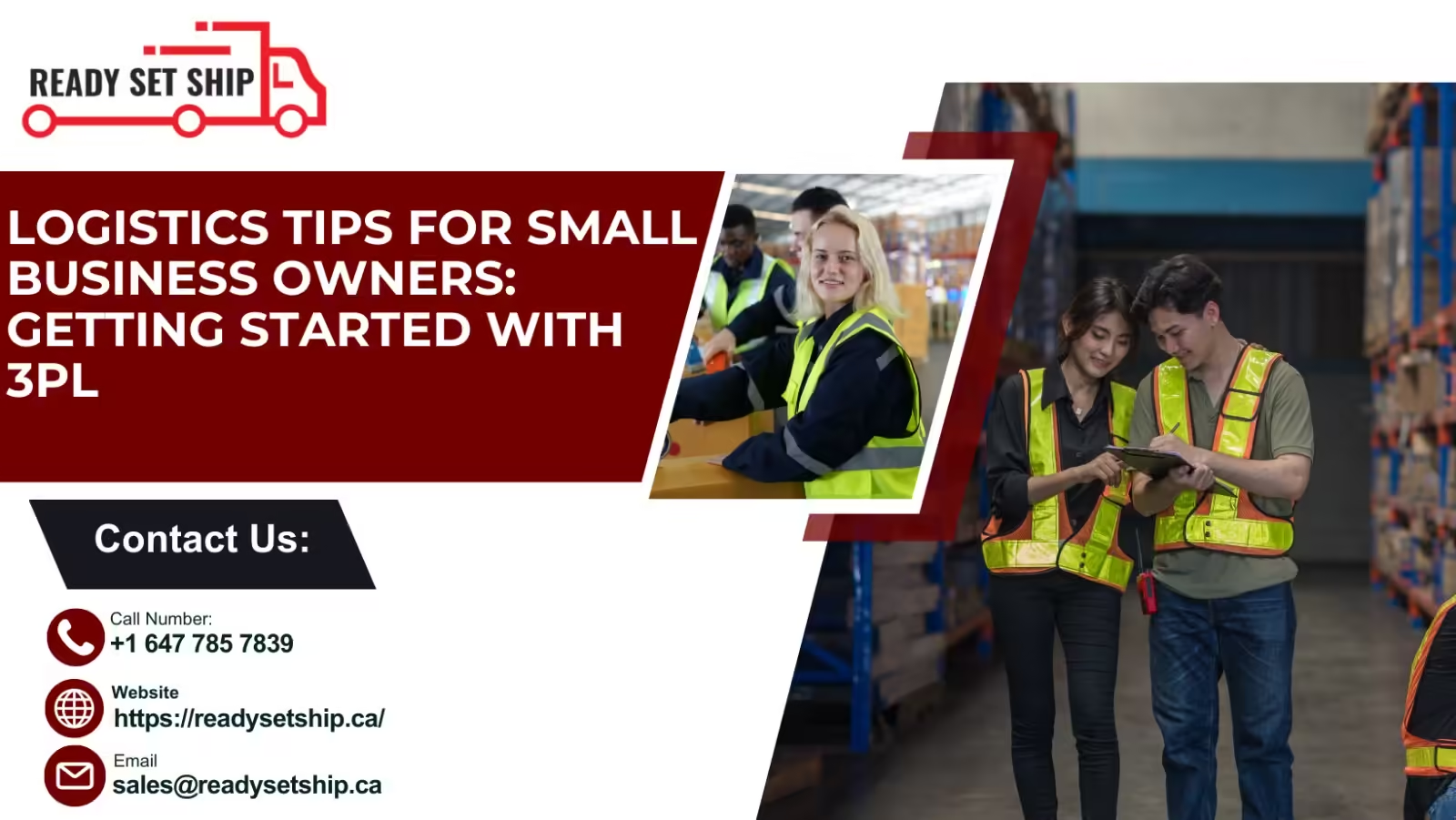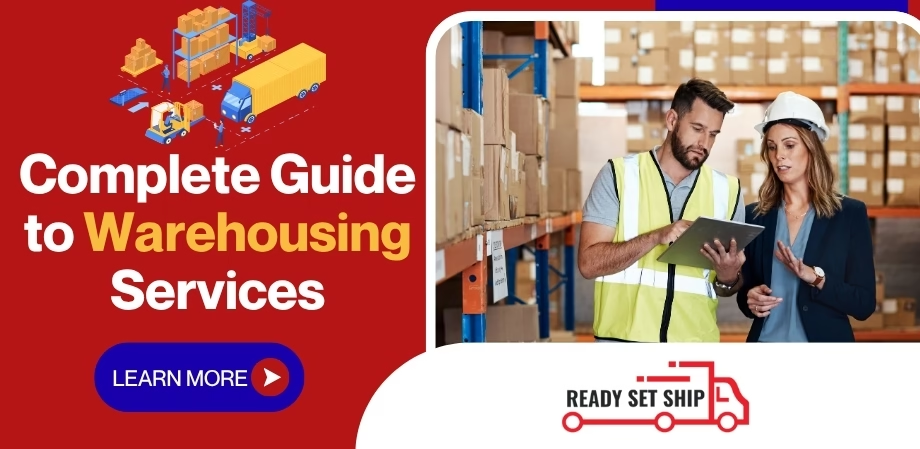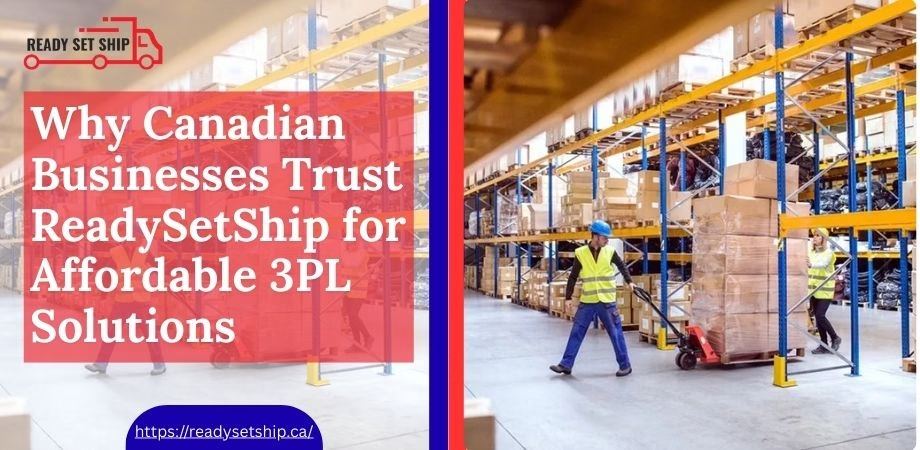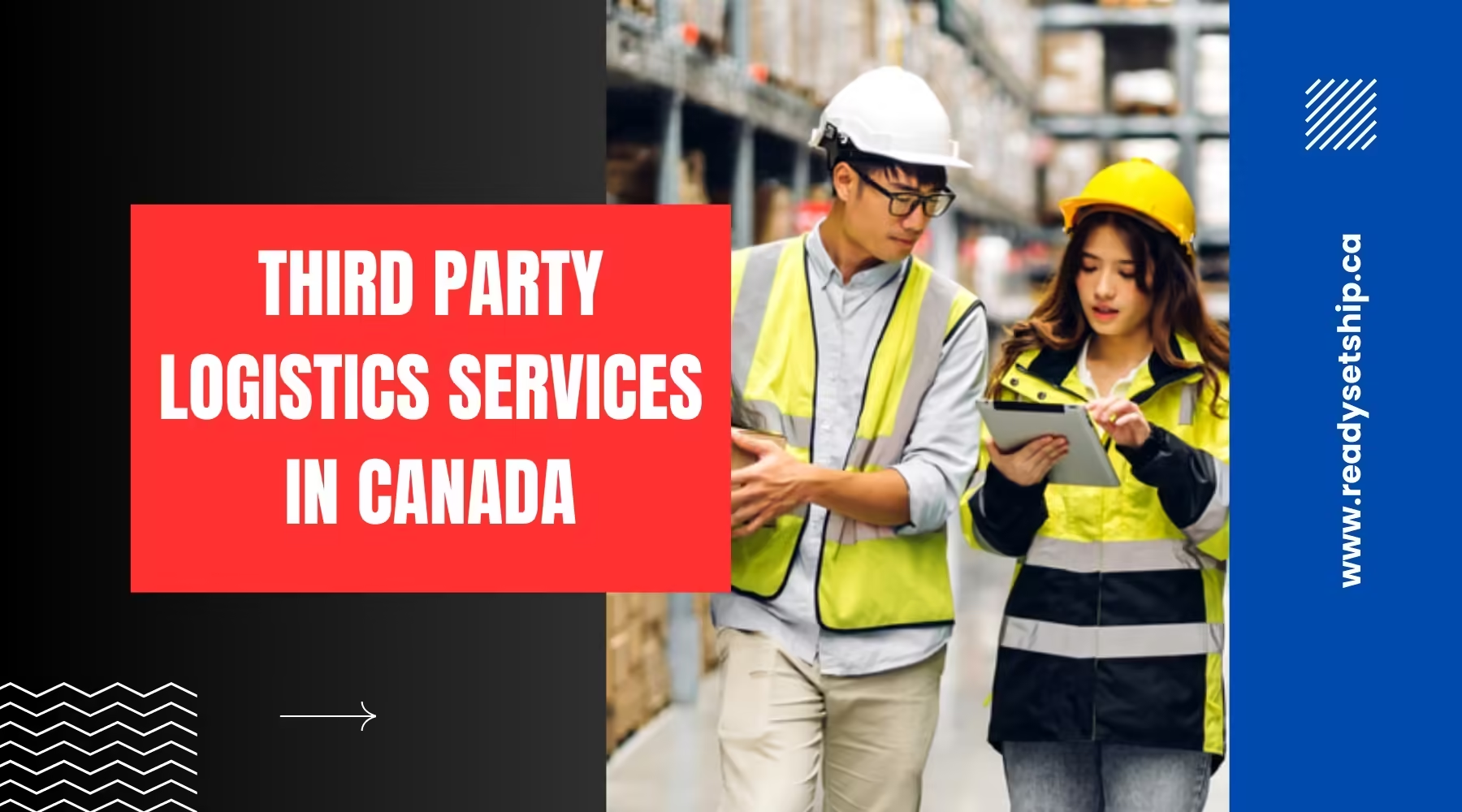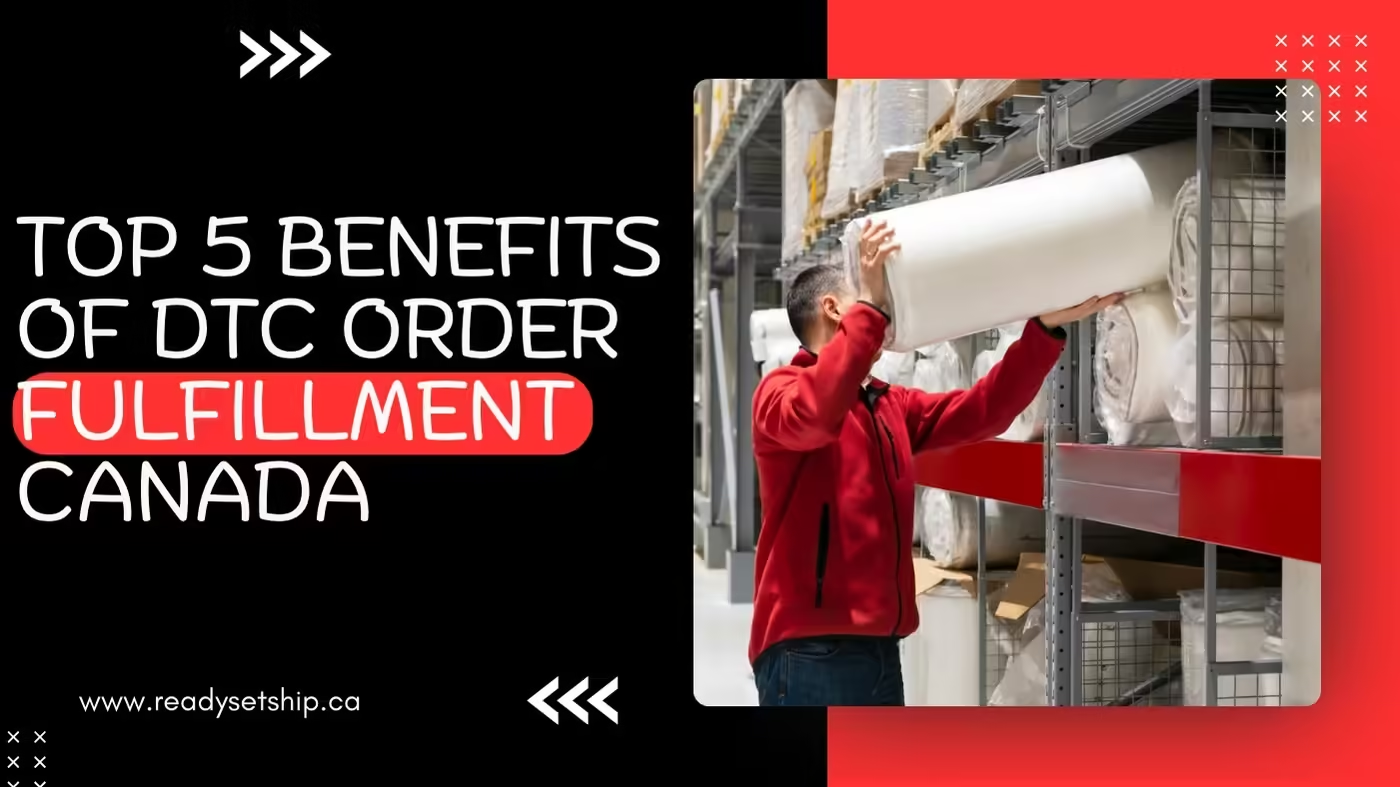In simple words, logistics is a very challenging process for
a small business owner to navigate. However, partnering with a third-party
logistics (3PL) provider means saving a great deal of complexity that would
streamline operations to achieve more efficiency and growth. Here’s a how-to
guide on practical advice for using 3PL services.
Understanding 3PL and Its Benefits
Third-party logistics means a business outsources logistics
and supply chain functions to a specialist provider. This can include
transportation, warehousing, inventory, and order fulfillment services. These
3PL services can provide small businesses with numerous benefits :
Cost
Savings: Generally,
third-party logistics cuts overhead in the maintenance of warehouses and
logistics staff.
Scalability: As your business grows, a 3PL
can quickly scale its services to meet your evolving requirements.
Expertise: A good 3PL provider always
brings particular logistics and supply chain management knowledge that keeps
you focused on the core business functions.
When it comes to this, choosing and being with a 3PL
provider requires small business owners to use the benefits they can get
strategically. Here are some tips that can get you started.
1. Identify
your company’s logistics needs
Before entering into a 3PL relationship, you need to analyze
your logistics. Understand which element of your logistics you require support
with, for example:
1.
Warehousing
2.
Order fulfillment
3.
Shipping and Transport
4.
Inventory Management
Tip:
Analyze your logistics workflow. Then, pinpoint the pain
areas and where you have room for improvement. This clarity will help
communicate your needs clearly to the 3PL partners you will work with.
2. Select
your ideal 3PL Provider
Choose the right 3PL provider, or you’ll be doomed for your
logistics strategy. Here are some criteria to consider:
Industry
Experience: You
need a 3PL with experience in your industry. They will know the challenges that
are unique to your industry.
Services
Offered: Ensure
that they offer the services you require. For instance, if you need
temperature-controlled storage, you must ensure they can.
Technology
Integration: A
good 3PL will use inventory management, tracking, and reporting technology
excellently. This can give you a real-time view of your supply chain.
Tip:
Evaluate the prospects’ websites for 3PL companies, like
Ready Set Ship, to understand their offerings and customer testimonials.
3. Be
Aware of Pricing Models
3PL pricing can be dramatically different based on what you
need. It is of vital importance to be aware of the four pricing models:
Per Order
Fees: Fees
depending on the number of orders.
Storage
Fees: Fees
charged for keeping your product.
Shipping
Rates: Carriage
fees might depend on distance, weight, and shipment speed.
TIP:
Get quotes from different providers to compare their cost
structures in more detail. This gives you an idea of which service to use based
on cost.
4.
Communication Priority
An efficient partner with a 3PL means clear communication
lines with your provider. Among these include:
1.
Regular updates on stock levels
2.
Notifications about delayed shipment or shipment
issues
3.
Access to performance metrics
TIP:
Set up a communication plan at the onset of your
partnership. The frequent meetings or follow-ups will keep you up-to-date with
your 3PL provider’s capabilities and Performance.
5.
Leverage Technology for Efficiency
The right technology can improve logistics processes when
working with a 3PL. Here are some tools you may look for: tools that integrate
with your eCommerce platform or existing systems, such as:
Inventory
Management Software: guides you on your stock levels and allows you
to manage orders.
Shipping
Solutions: This
can automate the creation of shipping labels and tracking information.
Data
Analytics Tools: This
provides insights regarding logistics performance.
Tip:
Ready Set Ship offers an all-in-one solution to logistics
management: it simplifies the process and enables you to collaborate better
with your 3PL.
6.
Customer Experience
Your logistics strategy directly impacts your customer
experience. The smoothness and efficiency of the fulfillment process lead to
happier customers. Keep track of:
Fast
Shipping: Coordinate
with your 3PL for competitive shipping times.
Accurate
Order Fulfillment: Ensure
your provider maintains high precision in picking and packing orders.
Clear
Communication: Keep your customers updated on the status of their
orders and provide them with tracking information.
Tip:
Ask your customers what they feel about their experience.
Based on the received feedback, keep improving your logistics process and
services.
7.
Monitor and Optimize Performance
Once you have partnered with a 3PL, it is essential to
monitor their Performance. You can track the following KPIs:
1.
Operating order accuracy
2.
Average shipping time
3.
Inventory turnover rate
4.
Customer satisfaction scores
Tip:
Monitor these metrics with your 3PL provider on an ongoing
basis to spot opportunities for improvement. Collaboration improves efficiency
and yields better outcomes.
8.
Prepare for Seasonal Peaks
Every company faces fluctuations in demand during different
seasons. Make necessary adjustments for peak seasons like holidays or sales
days. Collaborate with your 3PL to help:
1.
Build up the inventory right before the busy
season
2.
Prepare for shipping, which may be delayed
3.
Boost the workforce in the warehouse
4.
Use Ready Set Ship tools to optimize your
logistics preparation for seasonal order surges so you’re prepared for when
your sales rise.
9. Long-Term
Partnership
The best 3PL partnerships are built on trust and
cooperation. Take time to make a good relationship with your provider and
consider the following points.
1.
Good communication
2.
Shared goals
3.
Planning for long-term growth strategy
Tip:
Regularly analyze your partnership and discuss future goals
with your 3PL provider. This will ensure both parties are in the same boat and
can work toward mutual success.
Conclusion
Using third-party logistics can increase the efficiency of
operations and support growth for small business owners. Adhering to the
logistics mentioned above allows you to select the proper 3PL provider and
create a partnership to meet your needs.
This will put you in the best position to succeed: spend the
time getting to know your logistics needs, communicate clearly, and leverage
whatever technology is available. To find out how you can better yourself to
create a better logistics strategy, go ahead and visit Ready Set Ship.
With the right approach, your small business can still tell
that significant logistics story while focusing on what matters to your brand
and serving your customers.
